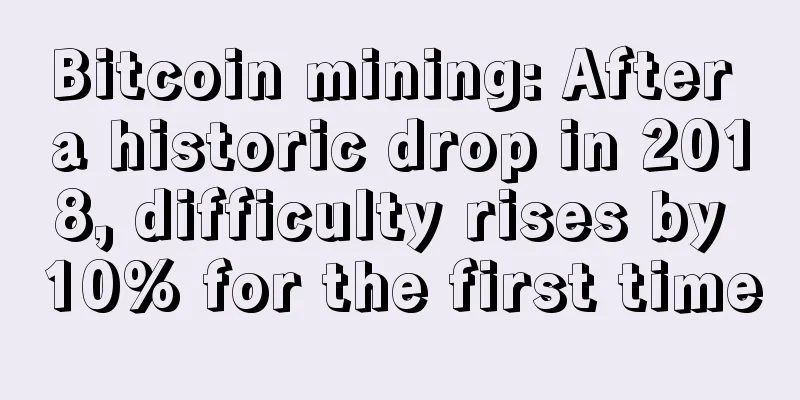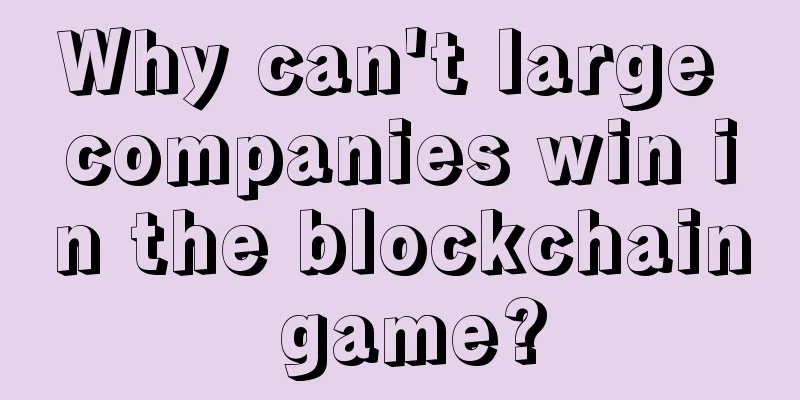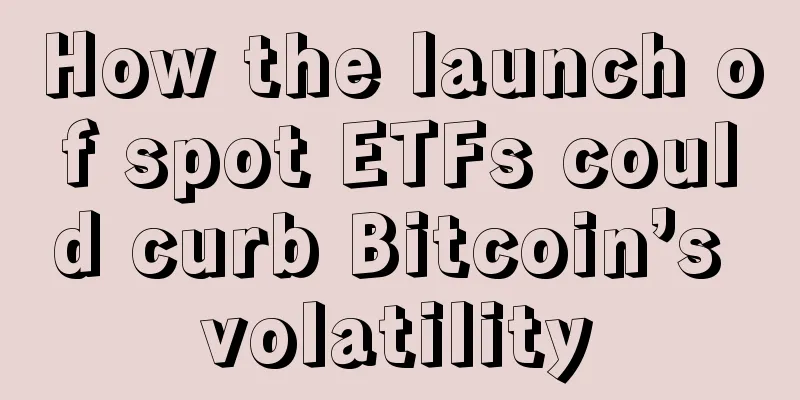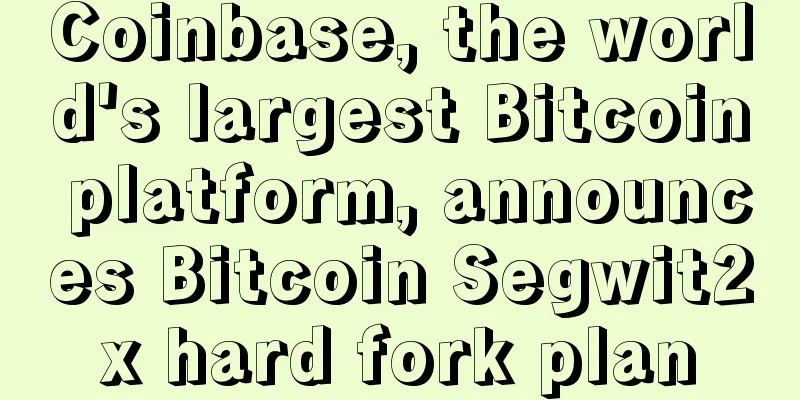KPMG executive: Bitcoin hash rate is becoming a commodity with investment potential

|
Bitcoin’s economic design forces miners to minimize costs during the stress test of the halving every four years. Miners seek cheap energy and therefore adopt two strategies: before connecting to the grid and after directly co-locating with generators. The grid-connected model allows for economies of scale, as large-scale miners can receive cheaper energy rates depending on the size of load they bring to the grid, and participate in “demand response” and ancillary services, which are enabled by the interruptible nature of this type of computing. Colocation models feed on deadweight losses and mismatches in energy supply and demand, targeting intermittent renewable energy sources (e.g. solar and wind) and baseload energy sources (e.g. hydro, nuclear, geothermal). Behind the meter, business models such as vertical integration, partnerships and joint ventures are needed to enable miners to participate in energy arbitrage and generate renewable energy certificates (RECs). Hash rate as a commodityBitcoin hash rate, the computing power that secures the Bitcoin network, is emerging as a unique commodity with compelling investment potential. Its fungibility, divisibility, durability, and scarcity make it an attractive asset class. Hash rate provides investment opportunities for individuals, allowing them to participate in Bitcoin mining without owning hardware. In addition, derivatives can hedge against price fluctuations, providing risk management tools for miners and investors. The value of hash rate is closely tied to the demand for Bitcoin mining, affected by Bitcoin prices and mining profitability, but vulnerable to regulatory challenges. Despite these challenges, there is a compelling case for Bitcoin hash rate as a new commodity with unique investment and trading opportunities. As the Bitcoin ecosystem develops, the role and importance of hash rate as a tradable asset is likely to grow, attracting further attention and innovation from the capital markets. Hash Price vs Hash CostHash price and hash cost are key metrics that influence the Bitcoin mining landscape. Although often confused, they represent different aspects of mining profitability. The hash price, or the price per unit of hash power, reflects the current market value of mining power. It is calculated by dividing the total daily mining revenue by the network hash rate. The higher the hash price, the more profitable the miners are. Hash cost represents the cost of producing one unit of hash power, including electricity, hardware, maintenance, etc. Lower hash cost means more efficient and profitable mining operations. The difference between hash price and hash cost determines the profitability of mining. When hash price exceeds hash cost, miners can make a profit. Conversely, when hash cost exceeds hash price, they operate at a loss. A high hash price attracts more miners, which increases competition and may drive down hash price. Conversely, a low hash price may discourage miners, causing the network hash rate to drop and potentially driving up hash price. The availability of ASICs also affects the relationship between hash price and hash cost. These mining machines and current kW/h wholesale electricity prices drive network hash rate, which increases mining difficulty. In places where ASICs are less readily available, hash rate becomes more valuable, so the difference between hash price and hash cost should widen, creating profitable opportunities for miners. Understanding the relationship between hash price and hash cost is critical for miners to make informed decisions. The difference between hash price and hash cost also affects miners’ ability to raise funds. Miners’ goal is to reduce hash cost to improve profitability, which affects their ability to raise funds. A small hash price-hash cost gap makes miners vulnerable to Bitcoin price factors, such as energy costs and mining difficulty. Conversely, a larger gap indicates greater resilience. Lenders assessing loan risk will scrutinize this gap, putting pressure on inefficient miners seeking funding as they prefer low risk returns. For example, Runes, a recently released Bitcoin method for creating non-fungible tokens, temporarily increased Bitcoin block space demand, resulting in higher transaction fees and longer confirmation times. During this period, hash price futures traded in positive divergence with spot prices, indicating a high probability of increased future block space demand in the market. This situation prompted Bitcoin miners to sell hash price futures to lock in future revenue; a decision that proved to be a wise one as block space demand cooled after the halving. Now, the availability of products tied to hash rate also provides more financial data points to predict the impact of network events on block space demand and transaction fees. |
<<: Glassnode: Who is buying cryptocurrencies in the current market conditions?
Recommend
Lianan Interview | Steady grasp of hot projects in the first half of 2020, the ZB social trading app attracts everyone's attention... ... Collection invitation
Host Xiao An: After the 7th anniversary celebrati...
Analysis of the facial features of women who suffer first and then enjoy happiness
In our lives, although some people are born in or...
Chinese government regulation of Bitcoin exchanges unexpectedly leads to further decentralization of Bitcoin
Chapter 0 Introduction When the Chinese governmen...
What does a mole on the index finger mean? Is it good to have a mole on the index finger?
Moles are a very important part of physiognomy, s...
Moles that indicate happiness and longevity in old age
Moles that indicate happiness and longevity in ol...
What does it mean when a man has dimples? Is it good to have dimples?
People with dimples always have a unique charm whe...
The first decentralized Fintech trading platform
Cryptocurrencies! Don’t you love them yet? This y...
Yao Qian, Director of the Central Bank Digital Currency Research Institute: Technical Considerations of the Central Bank’s Digital Currency
On January 26, Vice Governor Fan Yifei published ...
How to tell at what age to get married from facial features
Many people are curious about their marriage, but...
The Netherlands is introducing blockchain technology to its financial system
De Nederlandsche Bank (DNB), the central bank of ...
What does a mole on the left side of the mouth mean?
What does a mole on the left side of the mouth me...
Is it good luck for women with double chins? Good fortune and good at saving money
Women actually don’t like double chins, as they m...
What is the fortune of a person with Tianshanghuo fate and dimples?
As for physiognomy and numerology, some can influ...
Belarus officially legalizes cryptocurrency, mining and trading are tax-free
Belarus, which once had a bad reputation in the W...
A very rich face means a life without worries and very wealthy. I will teach you who can become a rich person.
Everyone likes money and hopes to become rich and...









